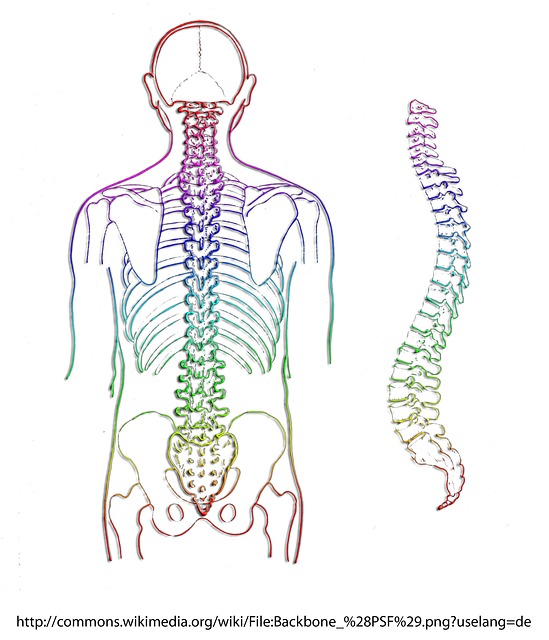
Getting to Know Your (Spinal) Curves
Spinal curvature is essential for stability and mobility
There are four essential curves in your spine: the cervical, thoracic, lumbar and sacral, and each has a vital role to play in spinal health and thus, in your overall well-being. However, the four of them combine to provide your entire body with stability and resilience to injury and pain, as well as providing for the initiation and stabilization of all the movements we perform throughout the day.
Biomechanics of your spinal curves
- Cervical curve, comprised of top seven vertebrae, is a concave curve.
- Thoracic curve, comprised of the next 12 vertebrae, is a convex curve.
- Lumbar curve, with the five largest vertebrae, is a concave curve.
- Sacral curve consists of five fused vertebrae followed by four fused vertebrae of the coccyx, and is a convex curve.
This S-shaped design functions like a spring as each curve can compress and expand according to the necessary shock-absorbing capacities you need throughout the day. Maintaining the essential curvature of your spine is important for staying upright, preventing pain and dysfunction and feeling your best. The main ways we can maintain healthy spinal curvature is through exercise, stretching and postural awareness.
Keeping your spine healthy and happy starts with awareness
At our office in Milpitas, we help you improve posture and body mechanics to ensure you are keeping your spine and its curves happy and healthy. We provide spinal adjustment to align the spine, improving range of motion and reducing pain, both of which allow you to focus on strengthening and stretching the muscles that matter for keeping your spine upright and a smile on your face.